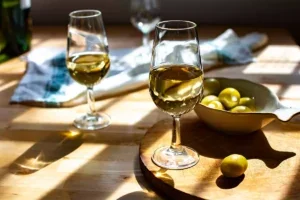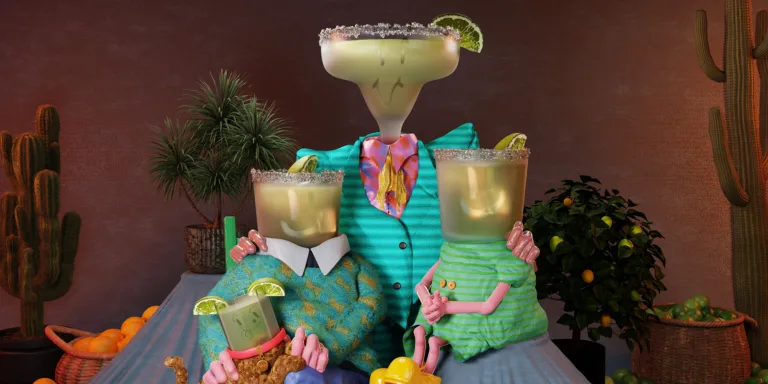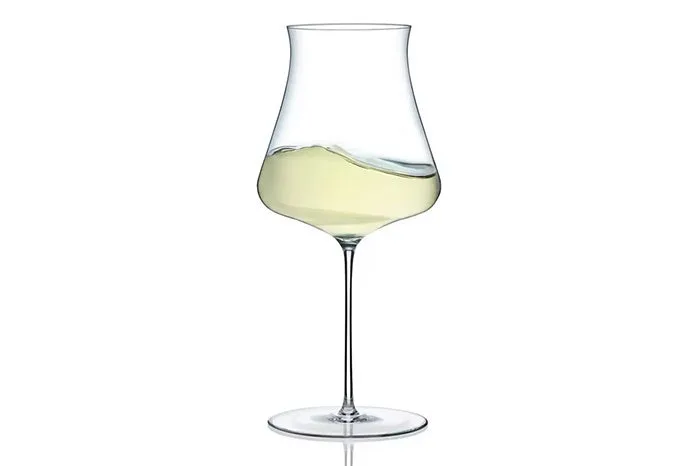David Williams introduces a high-scoring, fascinatingly instructive tasting of Fino and Manzanilla Sherry shared with Simon Field MW and Andrew Jefford.
Accounts of Sherry’s recent fortunes almost always default to the melancholic and the elegiac—a Death in Jerez story in which a dwindling band of faded, sickly bodegas have found themselves stranded at the far southwestern edge of Europe, out of favor, out of time, and just about scraping a living from their dwindling family fortunes against a backdrop of slow but inexorable decay in the salty Atlantic air.
The symptoms—collapsed shipments (from a peak of around 170 million liters in the late 1970s, to 25 million liters in 2022) and vanishing vineyards (22,000ha [55,000 acres] at Sherry’s early-1980s peak of plantings; 7,000ha [17,000 acres] today)—are certainly hard to ignore. But without in any way trying to minimize the scale of Sherry’s 50-year drift into obsolescence, other interpretations are available. A rather more optimistic, or at least less fatalistic, way of thinking about the region and its wines is to see Sherry as an example (albeit rather an extreme one) of a common pattern of evolution in the contemporary wine world, a process that, in wine-business jargon, goes by the typically ugly marketing term “premiumization.”
Over the past decade, a consensus seems to have formed in the Sherry trade that it needs to embrace rather than fight this process. There’s a belated understanding that, however difficult and daunting it may be, the region’s future lies in the managed abandonment
This Article was originally published on World of Fine Wine






